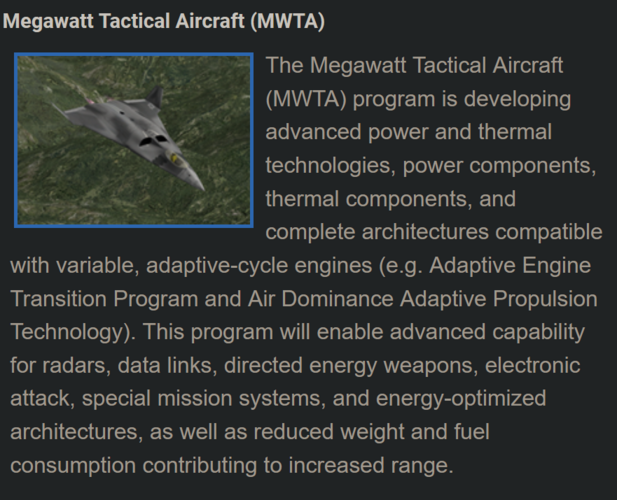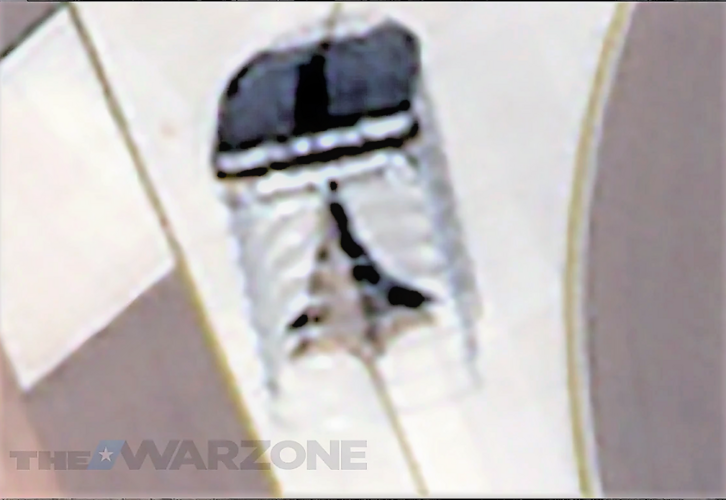The Air Force asked for funding to initiate Increment 2 in its fiscal year 2025 budget request, which is still pending approval from Congress, Hunter said during a Center for Strategic and International Studies event.
Once funding is approved, the service will begin concept development, during which it will evaluate different options, he said. “Is it more capable? Is it more affordable? Where on the spectrum will Increment 2 land? Those are questions to be explored.”
Achieving affordable mass with uncrewed systems “inherently implies that there are … capabilities that would be nice to have that you choose not to pursue because they add too much cost, and we try to live within a set of parameters that we believe constitutes affordability,” he said.
Key to making the correct tradeoffs is conducting thorough data analysis and engaging with the user community to understand “what really matters to them, what makes a difference,” he said. “It's that engagement with the user community that helps us sort through if we're going to go for more capability in one area, then we're going to inherently have to accept less in another if we're going to achieve affordable mass.”
The Air Force has already made a number of “trades” regarding Collaborative Combat Aircraft capabilities, and the service has the capacity to make more — and potentially different — tradeoffs in future increments, he said.
Hunter said the service does have “some ideas of how we would see Increment 2 fitting into the broader Air Force force design, and that will help shape [the] dialogue with industry to say, ‘Based on what we think Increment 2 does as part of the force design, is it more affordable? Is it more exquisite, and where does it fall on the spectrum?’”
Different companies will likely have different concepts, and some will be more advantageous and innovative than others, he said. By initiating Increment 2 while Increment 1 is still under development, the service will allow vendors who didn’t win Increment 1 contracts to recompete for Increment 2, he added.
“This is not a high stakes, win or lose for 30 years for industry,” he said. “If they don't succeed in one competition, the next competition is right around the corner, and that's pretty fundamental to being able to sustain competition over time among multiple competitors.”
One place where Collaborative Combat Aircraft will likely save the Air Force some money is sustainment, Hunter said.
“If you think about when we fly our platforms in the Air Force, what are they mostly doing? Well, they're mostly doing training,” he said. “The training is mostly for the crew: the pilots, the maintainers and other elements of the support crew.”
With uncrewed aircraft, “you don't necessarily have to have that,” he said. “The computer is the crew in that scenario. There's going to be some ground crew as well, but it will not be the case … that every CCA has to routinely fly for training purposes as you would see with a crewed platform.”
Additionally, the early increments of Collaborative Combat Aircraft are not designed to last for 30 or 50 years and thus won’t be “going into depot every five years and getting significantly overhauled,” he said. “There's a lot of simplification, a lot of savings associated with not having to do all of those things that you would do with an F-22.”
“On the balance, my expectation is sustainment costs for CCA are likely to be lower than a crewed platform, and I would expect by a reasonable margin,” he said. “But … our costers have to really dig into that, and they're very good at doing this sort of analysis and understand those implications. So, more to come on how that plays out.”



